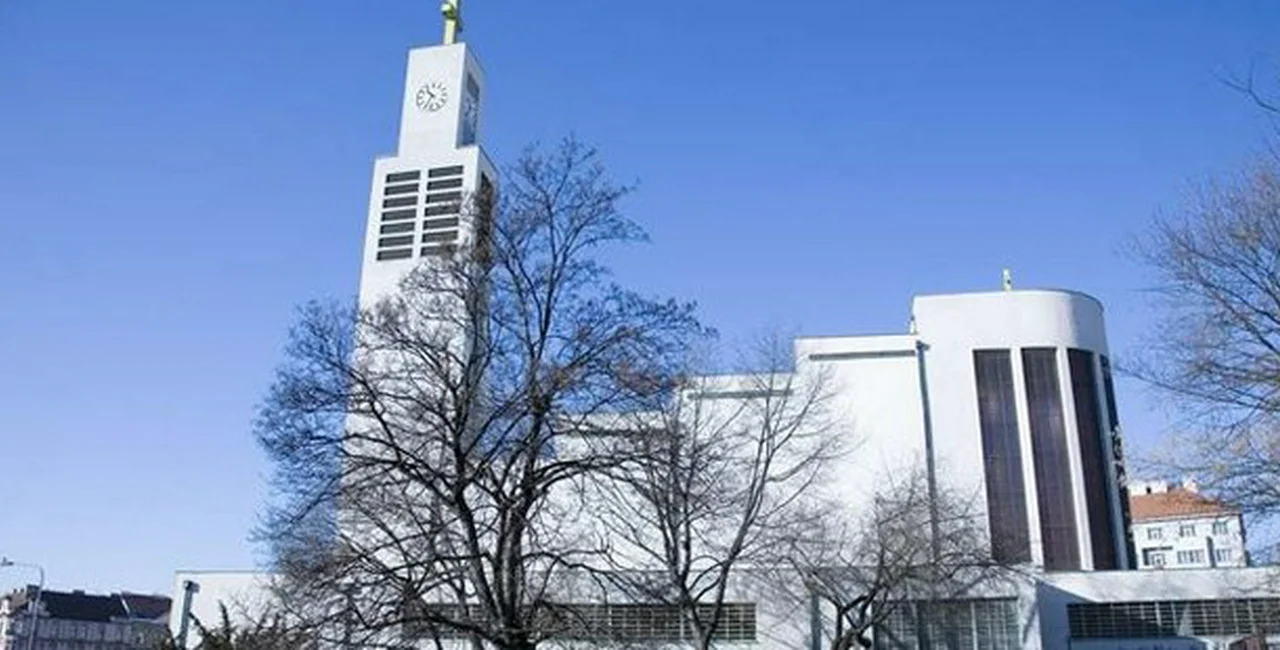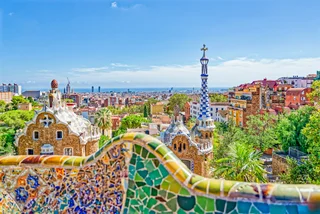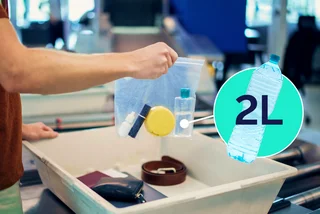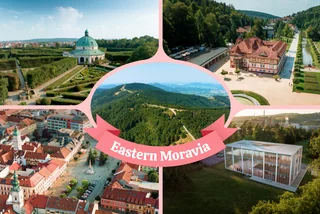Vršovice – Praha 10
Karlín and Holešovice, the first two districts in this series, are undergoing rapid transformation and therefore are an intriguing mix of old and new. The next neighborhood under the microscope, Vršovice, the core of Prague 10, is changing less rapidly and is often overlooked as a place to live. Yet this hillside district of opulent tenements and more recent housing has much to commend it, not least because it retains some of atmosphere of 19th-century Prague and has good transport connections.
PARTNER ARTICLE
Location
Unlike Karlín and Smíchov, working out where sprawling Vršovice starts and ends is difficult. Much of the neighborhood could be regarded as a continuation of Vinohrady, which borders it to the north and west. Vršovice continues eastward along Vršovická, roughly the southern boundary of the neighborhood, beyond which extend the communities of Nusle, Tyršův vrch and Michle. Vršovická is the quarter´s main drag and a major transport corridor, and the neighborhood ends approximately just beyond Kubánské náměstí.
Essentially, the area north of Vršovická is residential: along the thoroughfare itself and south of it is a mix of housing, industry, railroad tracks and sports grounds.
History
As with all the other neighborhoods swallowed up the capital, Vršovice was once entirely separate from Prague. Settlers arrived in the valley of the Botič, the stream flowing through the district, in the 11th century, and Vršovice remained rural until the 19th century, when Prague started to expand significantly and the bourgeois tenements of Vinohrady spilled over and down the hill into Vršovice. Vršovice náměstí became the district´s focal point, industries located in the neighborhood, railroads were constructed and the once rural area soon vanished. Vršovice officially became part of Prague in 1922, and expansion continued in the following decades, including the development of an architecturally significant villa quarter, north of Ruská, where the famous Czech writer Karel Čapek once lived. Rather less attractive structures were built in the postwar years by the Communists, most notably the anonymous slabs lining Vršovická.
At first glance, the last two decades have impacted less on Vršovice than other Prague neighborhoods, although it is noticeably smarter, as hundreds of apartments have been renovated, many to a very high standard, and new shops have opened. Indeed, retail, most notably the Eden shopping mall, is one of the most visible indicators of the changes since 1989. The complex opened in 2005, despite some opposition from locals worried about the effect on small shops in the area. Just opposite the shopping center is the newly rebuilt Slavia soccer stadium, home to one of Prague´s two main teams, and a major concert venue. Vršovice is also known for a number of other disparate landmarks such as the Koh-I-Noor plant, the Ministry of Environment headquarters, both on Vršovická, the striking modern architecture of St Václav´s church on Čechovo náměstí, and the stadium of another of Prague´s football teams, Bohemians 1905.

Slavia soccer stadium
Getting there and around
Vršovice is within easy reach of other parts of Prague, and although there are no metro stations in the neighborhood, many bus and tram routes pass through it, some of them linking with the metro. Journey times between the downtown and Vršovice by public transport should take no more than 15 minutes.
Trams form the backbone of the transport network in Vršovice, and currently five routes run through or terminate in the neighborhood, all of them roughly on an east-west axis and passing through one of the Karlovo náměstí stops. Numbers 4 and tourist favorite 22 pass through I.P. Pavlova and Naměstí Míru on the route to the Čechovo náměstí terminus and Hostivař, respectively, while numbers 6, 7 and 24 follow Vršovická and continue east. Numbers 6 and 24 terminate at Kubánské náměstí, on the eastern edge of Vršovice. Number 23 used to run through Vršovice but this service no longer operates.
Key bus routes passing through Vršovice include numbers 135, 136, and 213. All three stop at Slavia stadium, at the stop of the same name. The next southbound stop – “Bohdalec” – on this route is of interest to EU citizens applying for permanent residence (based on continuous residence as opposed to humanitarian grounds). The stop is nearest to the obscurely located Prague office of the Asylum and Migration Policy Department of the Ministry of Interior.
The public transport network also includes Praha-Vršovice railroad station network. Suburban “Esko” trains stop there, as do fast trains, mainly to South Bohemia.
Environment
Air can still be a problem in Vršovice; other environmental issues are the same as elsewhere, such as dog fouling, a perennial nuisance in Prague, and uncleared snow in winter.
Green space
At first glance Vršovice appears overwhelmingly built up, but there are a few green oases in the district. The largest and most notable, Havlíčkovy sady also known as Gröbovka or Grébovka, is strictly speaking in Vinohrady but is very close to the western edge of Vršovice. The centerpiece of the park is the imposing, recently restored Gröbovka Villa. Close by and towering over a small vineyard, is the striking, pagoda-like Viniční altán, an ornate wooden summerhouse now housing a restaurant.
Other green spaces include Heroldovy sady, adjacent to Vršovické náměstí, and Čechovo náměstí.
Housing

Vršovice, like Karlín and Holešovice is strongly associated with tenements, although there is a small villa enclave located to the north of Ruská. Many apartments, especially in the west of the neighborhood, date from the 19th century or the early decades of the 20th century. The housing stock is more recent in the east of Vršovice, with a mix of tenement blocks from various periods of the 20th century. Overall, privatization and restitution has helped vastly improve the quality of stock and therefore the area is much sought after, making Vršovice an excellent alternative to neighboring Vinohrady. The quality of apartment blocks is quite similar in both areas, although apartments in Vršovice are slightly less central, one of the reasons they are generally slightly cheaper than apartments in Vinohrady. “The most attractive apartments are those located on the borders with Vinohrady, around Havlíčkovy sady and Heroldovy sady. The most sought after are apartments in Art Nouveau buildings and new developments,“ says Zuzana Cinculová, Managing Director of real estate agency Metropolitan Estates. Vinculová adds that a newly renovated 70m2 3+1 apartment in Vršovice sells for around CZK 4.2 million (CZK 60,000/m2) and a recently refurbished 140m2 4+1 apartment costs around CZK 9 million (CZK 65,000/m2). A new 140m2 4+1 apartment sells for around CZK 11 million (CZK 80,000/m2).
SUMMARY
Strengths
· Good quality housing stock
· Excellent public transport links
· Good location for professionals
· Attractive green spaces
Weaknesses
· Air quality can be a problem
· Lack of off-street parking
· Not so good for families with children
For the second half of this articl click here.
***
OTHER PRAGUE DISTRICTS:












 Reading time: 5 minutes
Reading time: 5 minutes 


















